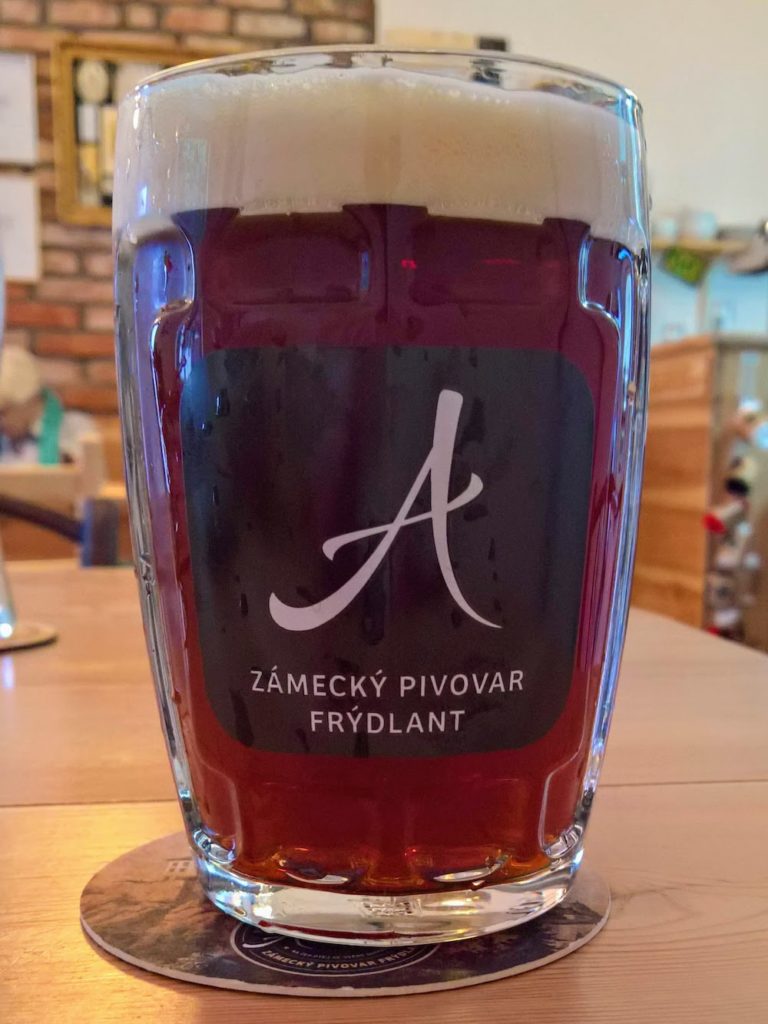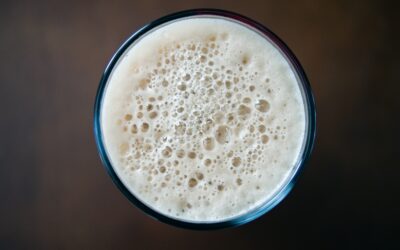Beers had been lagered over summer for centuries in Alpine caves before the emergence of factory-made examples around 1840. The first few of this new breed pre-dated Pilsener by a couple of years and were darker, in varying degrees. Although the blond version went on to be the most mimicked, Amber lager styles have survived in many countries.
See also: Märzen (or Oktoberfestbier).
Wiener (or Vienna lager)
Typically maltier than a blond lager, a Wiener (4.6-5.4% ABV) should be slightly toasted and with restrained bitterness. The colour ranges from ruddy amber to light brown, its reddish tints used to come from special Vienna malt, though crystal malt is now more common. The first known example came from the brewery of Anton Dreher at Schwechat, near Vienna in 1841. The brewery still exists, and is part of Brau AG (Heineken), who revived it in 2014, fuelling fresh interest in the style, both in Austria and elsewhere.
Bohemian polotmavý
This Bohemian style of amber lager tends to be more robust than Wiener (below), with the hop character varying between trivial and significant. A little diacetyl is allowed, provided it is consistent. The Czech word polotmavý means roughly “semi-dark”, as in polo-tmavý, and as with its blond equivalent, two levels of intensity are cited, in this case 11 or 12 degree Plato Ležák (4.8-5.2% ABV) and the 13 or 14 degree Speciální (5.1-5.7% ABV). A number of brands have adopted the designation jantar, which is the Czech word for amber, though these do not differ markedly from other beers in the style.
 Zámecký Pivovar Frýlant’s interpretation of a polotmavý is a tad redder than most (photo: André Brunnsberg)
Zámecký Pivovar Frýlant’s interpretation of a polotmavý is a tad redder than most (photo: André Brunnsberg)
India pale lager (or IPL)
Riffing off the theme of an IPA, as the name might suggest this is a variant fermented with a lager yeast. Brewers are still experimenting with which New World hops work best in what tends to be a light amber brew. A number of examples can be found that are fermented with ale yeast, which makes us question the long-term viability of this style, or at least its name.




